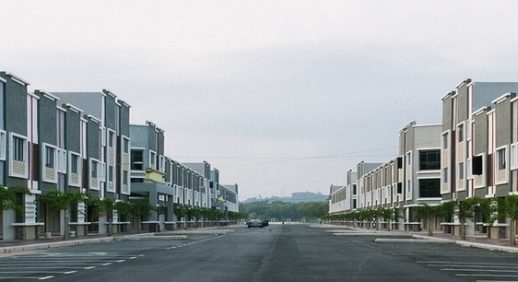A bold step into the future or a dangerous journey into the unknown?
The truth is that no-one knows as yet whether the decision by British voters to leave the European Union will have beneficial or detrimental impact on the United Kingdom’s economy. Until a trade deal is agreed and the final shape of the of the UK/EU relationship becomes clear, it’s impossible to predict whether Britain will be a more or less prosperous nation in the years ahead.
The uncertainty is, in itself, worrying – and perhaps particularly so for overseas investors who are looking at the unfolding story of Brexit from the dispassionate perspective of outsiders. In a best-case scenario, the UK may ultimately enjoy the twin benefits of a comprehensive trade deal with Europe, on one hand, and the right to sign free trade deals with fast-growing countries around the world. But equally, there are significant risks. Over the past forty years or so, the economy of the UK has become increasingly interwoven with that of the wider EU. As negotiators begin to unpick the threads of the current relationship, there is a real danger that trade with the rest of Europe will slow, feeding through to lower growth. This in turn may well serve to make the UK seem less attractive as an investment opportunity.
There are particular concerns about residential property. The UK – and particularly London – has been a magnet for residential property investment, and the reasons are well documented. In most parts of Britain, demand for housing exceeds supply and that has fuelled not only a boom in house prices but also rental incomes. For investors, therefore, there has been not only huge potential for growth in asset values but also income in the buy-to-let and build-to-let sectors.
A Point of Change
But residential property has reached an interesting point. In some areas – and again London is the fulcrum for this trend – the market is showing signs of cooling. Prices are static or falling, and in parts of the capital a house or apartment purchased two years ago could be worth less today. Equally, rents have reached a ceiling. So with prices still very high and rents limited by affordability factors, yields have been falling back.
In the short-term, any economic downturn, whether caused by Brexit or not, could impact on property prices and therefore the value of investments. However, in the mid-to-long term values are expected to remain resilient. Government targets suggest Britain needs 240,000 homes a year as the number necessary to meet demand but building has consistently undershot that target. For instance, in March 2017, home building reached a new peak but that took the number of starts to only 147,000 over the previous 12 months, according to the Department for Communities and Local Government. So demand seems set to outstrip supply for the immediate future.
The Real Opportunities
And there are huge investment opportunities within the UK residential property market, particularly for those who are prepared to look further afield that London and the South East of England.
For the economy is itself changing. One direct – and very beneficial byproduct of the Brexit vote – has been a new focus on the UK regions. As conventional wisdom has it, one of the reasons voters unexpectedly turned against the EU, was a feeling that the benefits of globalisation had somehow failed to deliver a better life for large swathes of the country. This perception was particularly acute in the North, and Midlands of England.
In response, policymakers have honed an industrial strategy that is designed to ensure that Britain’s collective wealth is shared more equally across the country. A rebalancing is underway. For instance, a plan to build a Northern Powerhouse (which was put in place ahead of the Brexit vote) has been augmented by a similar plan to boost growth in the Midlands (The Midlands Engine).
Faster growth in the North is already fuelling a housing boom, but one that is sustainable. Property prices are rising, offering growth, and there is also demand for quality rented property, often in towns or cities where a new generation of well-paid professionals are seeking accommodation.
And in contrast to London, rental yields are highest in parts of the North, Midlands and Scotland. For instance, Totally Money’s Buy-to-Let Yield Map 2017/2018 found London at the bottom of the table with yields as low as 2.31%. Topping the list was the North West City of Liverpool, where in one postcode yields were as high as 12.63%.
The Underlying Fundamentals
For the foreseeable future demand will outstrip supply in the UK. Assuming that a balance is struck between affordability and the ability of landlords to command a good return, then the fundamentals of the market mean that property will remain a sound investment. This will be particularly true in the UK regions.
Brexit still casts a shadow, but after a difficult start, negotiators on both sides seem to be edging towards a comprehensive trade deal. And although it remains to be seen whether trade will be truly frictionless, no one is currently predicting a huge hit on GDP.
So in the medium to longer term, the prospects for the UK property market are set fair. But there is huge regional variation. The challenge for investors is to understand the market and identify the best deals.
White Paper > Uncover Investment Opportunities in UK Residential Property, Post Brexit
Become a Member
There’s a good chance you already know one or more of our Members through your business network. If you’d like to find out more about how we can help you grow your assets faster, and with less risk, please get in touch.



